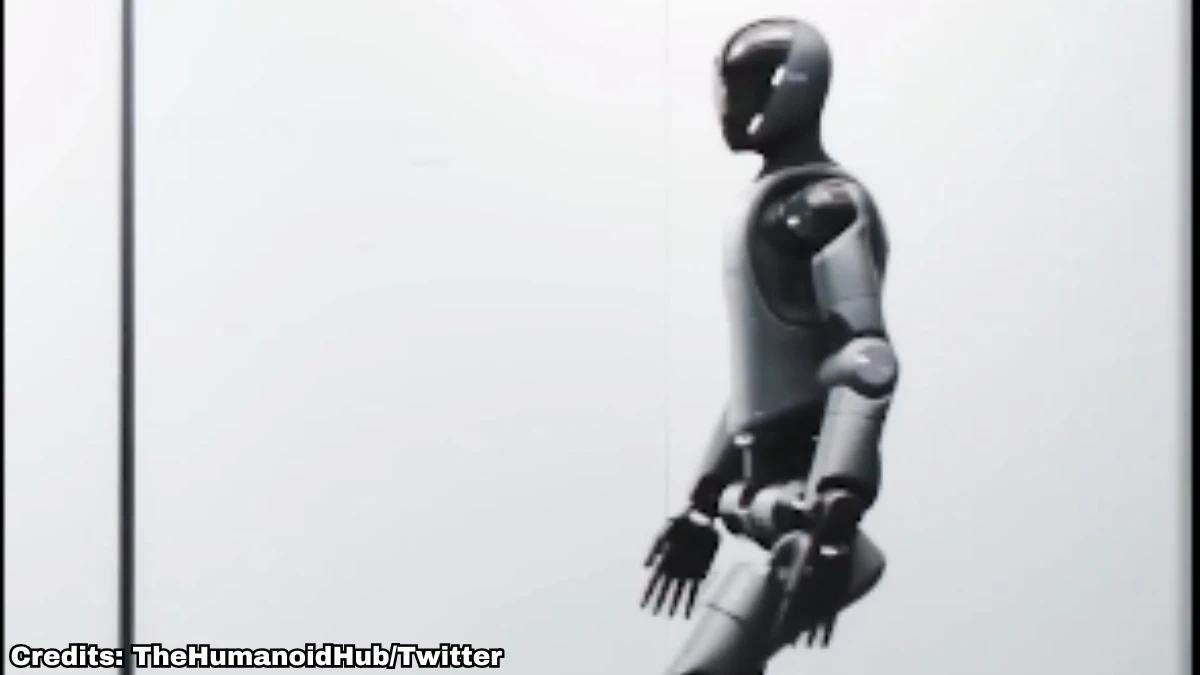Robots Showcase Athletic Skills at Humanoid Olympiad
Humanoid robots demonstrated athletic skills such as boxing, soccer, and archery at the first International Humanoid Olympiad in Ancient Olympia, Greece, highlighting both technological advances and ongoing challenges in robotics.

Humanoid robots from around the world converged on Ancient Olympia, Greece, from August 29 to September 2, for the inaugural International Humanoid Olympiad, where they competed in athletic events ranging from boxing and soccer to archery and dance. The event, held at the birthplace of the Olympic Games, was designed to showcase the progress and limitations of 'physical AI'—robots that combine artificial intelligence with human-like bodies and skills.
Athletic Feats and Technical Challenges
Robots demonstrated their prowess in a variety of sports, with some models performing complex tasks like archery and soccer kicks, while others exhibited dexterity through dancing and boxing. However, the spectacle was not without its hiccups: many robots moved awkwardly, paused for battery changes, and occasionally froze mid-competition, underscoring the technological gap between AI's cognitive advances and robotics' physical capabilities. Alongside humanoid competitors, robotic dogs and advanced bionic limbs, such as the Psyonic Ability Hand, showcased next-level dexterity. The Psyonic device, for example, performed household chores and more extreme feats like breaking flaming boards and surviving drops and dryer cycles, according to its developer's statements.
Industry Perspectives and Future Frontiers
The Olympiad drew global innovators, including representatives from robotics companies, academics, and technology giants like NVIDIA. Key speakers debated the future of humanoid robots, with organizer Minas Liarokapis emphasizing that household tasks remain the 'final frontier' for robotics due to the complexity and unpredictability of home environments. He suggested that humanoids may be deployed in space before mastering domestic chores. Other industry leaders, such as Luis Sentis of Apptronik Systems, highlighted the massive influx of investment—estimated at $3 to $5 billion over the next 18 months—into the humanoid robotics sector, predicting rapid progress in areas like assembly, transportation, and logistics.
The Broader Significance and Skepticism
While the event was marketed as a celebration of technological achievement, it also served as a forum for critical reflection on the limits of current robotics. Despite impressive demonstrations, experts cautioned that widespread adoption of humanoids in daily life is still years away. The Olympiad's organizers pitched the event as a way to put Greece at the forefront of robotics and physical AI, but the spectacle also exposed the persistent divide between the hype surrounding AI and the slower pace of physical robot development. The gathering brought together manufacturers, educators, researchers, and young enthusiasts, creating a rare opportunity to examine both the promise and the pitfalls of the rapidly evolving robotics ecosystem.